1241 Ramblers and tatterdemalions
Rough Road to the North: A Vagabond on the Great Northern Highway
by Jim Christy
Port Townsend, WA: Feral House, 2019 (first published in Toronto by Doubleday, 1980)
$17.95 (U.S.) / 9781627310826
Reviewed by Ron Verzuh
*
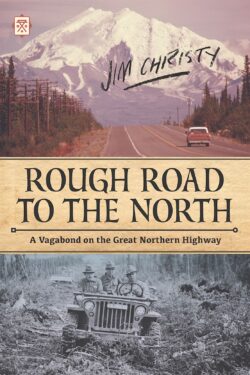 There are strange things done in the midnight sun
There are strange things done in the midnight sun
By the men who moil for gold
Robert Service penned those words behind the desk of his Bank of Commerce desk at Dawson City in the late 1890s and you can almost hear a similar poetic charm coming through the clatter of Jim Christy’s prolific typewriter as he travels in the footsteps of the Yukon Bard.
I recall reading Christy’s work years ago when I was a rookie reporter for the now defunct News of the North in Yellowknife, NWT. His byline appeared in various magazines and it was inspiring to see a writer who knows the power of his words. What other writer would use “tatterdemalion” to describe the employees of the North West Company?
Reading this reissue of Rough Road brought back many memories of life in the frozen tundra (black flies the size of small rabbits among them). Christy’s storytelling, tingling with raw accounts of life North of 60, make a contribution to our understanding of the region and its peoples.
Christy’s vagabond life started as a youth in the tough streets of Philadelphia but he soon shifted to Canada and the Far North where he gathered stories for this book about his hitchhiking adventures along the rugged Alcan Highway. And he doesn’t miss a thing.
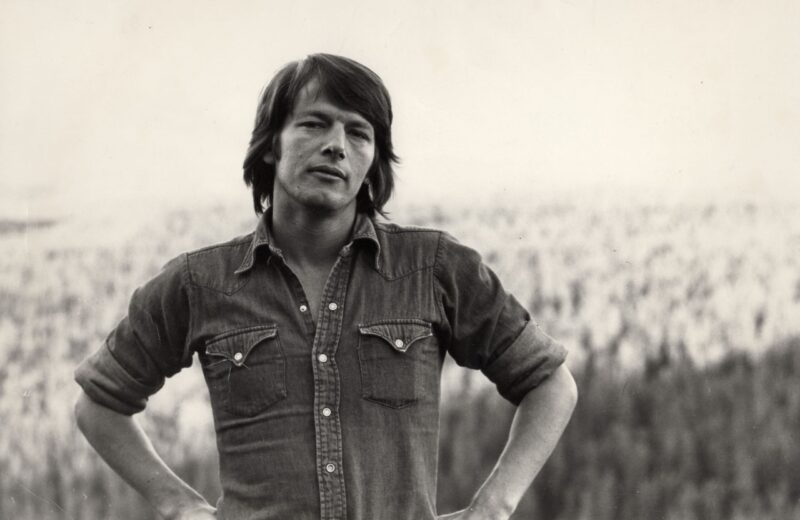
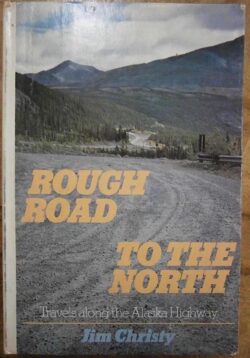
His notebooks record every detail of the places he visited and the people he met in shabby bars and Klondike cabins where old prospectors shared a glass or two of whiskey to embellish their tales of get-rich hopes – often dashed – and fear of dangers unknown.
Shrewd swindlers drink side by side with naive fortune seekers in the truck stops and houses of ill repute along the gold rush trail to the Big Smoke (Whitehorse). Christy is all ears as he learns the joys of big gold strikes and the heartbreak when, as often as not, the claim goes bust or a card sharp helps a hapless prospectors dispose of some hard-sought gold dust.
It sounds over-the-top romantic, but Christy has the writer’s knack of making it all come to realistic life. He’s not Robert Louis Stevenson, but he could have been in another era. He’s not Jack Kerouac or Jack London, but he has those powers of observation and similar instincts about people. Perhaps he’s closer to his fellow American Nelson Algren who also led life on the wild side. He can record the gritty and prosaic, merging them with references to classical art and literature.
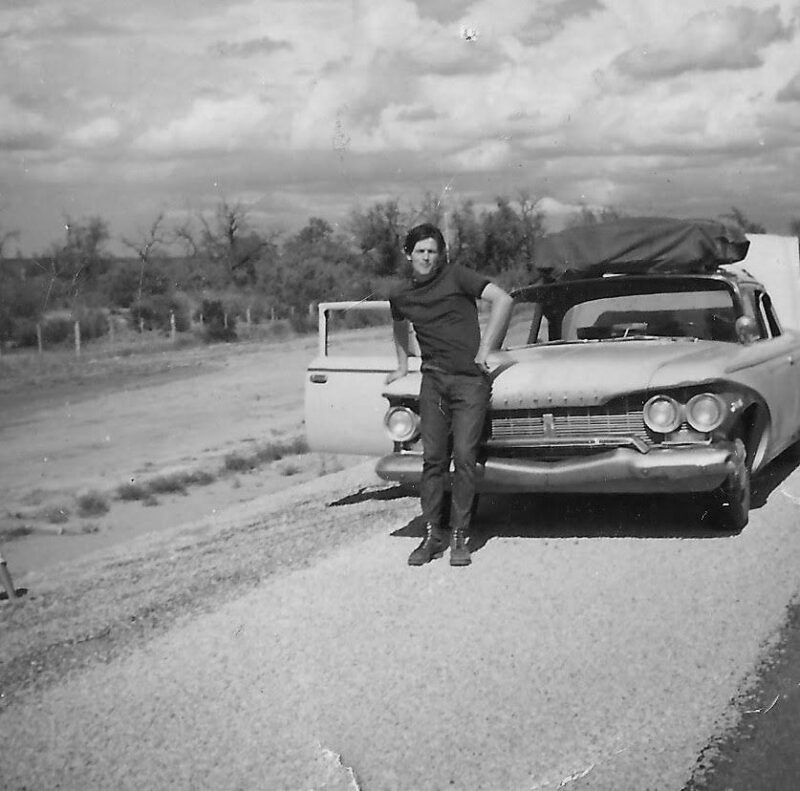
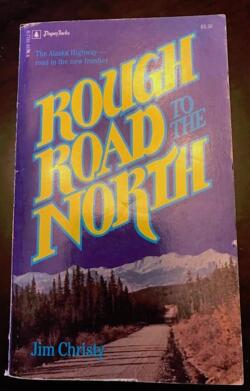
Famous journalist and TV personality Pierre Berton came before him and can claim to be of the North, but Christy soon earns his credentials as a northerner. Certainly he weaves as a good a story and from a different time and a different set of values.
Here we sense a 1960s rambler with an acute ability to insert himself into the lives of bush pilots, long-haul truckers, trappers, and the odd Madam. He is a free agent, feeding his curiosity and his passion to meet people who had stories to tell.
He’s been compared to British travel writer Bruce Chatwin. Instead of the song lines that Chatwin gave us in his great book of the Australian Outback, Christy gives us the song of truck wheels on the 1,500-mile highway that would bring the “Outside” inside and change the North forever.
He is also compared to American travel writer Paul Theroux, but Christy brings more compassion to his tales of the oddball collection of characters that populate the North. Some of them remind me of Yellowknife with its strange mix of First Nations residents, come-from-away foreigners, military personnel and adventurers like Christy.
Some of them were from the “Outside,” looking for their next best chance. Lack of job skills or a misfit social status might have disqualified them in the South. But here they could start newspapers, drive truck or fly small aircraft. With Christy’s people, you can almost see the dirt under their nails, testimony to hard work and hard luck. And he describes them with wit and caring.
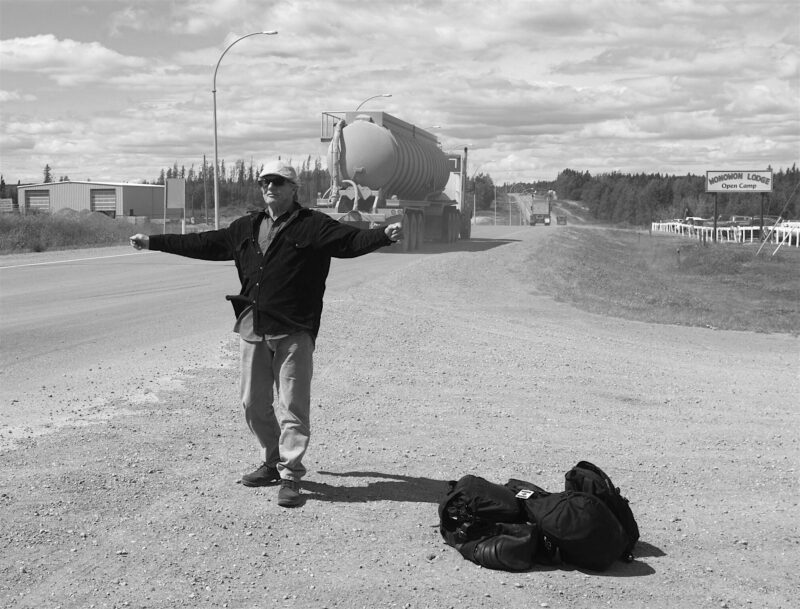
Clint, a local homesteader and part-time CAT driver, “has great sweeping eyebrows that remind me of the elongated V’s painters use to represent birds high in the sky over seascapes.” Christy’s sometime travel companion, Myfanwy Phillips (Mif) “couldn’t have aroused more curiosity than if she was Melville’s purple friend Queequeg praying to his little ebony idol.”
His fearless way with words captures the accents and dialects of the North precisely. Then, too, there is that streak of Robert Service that pops up occasionally as in this scene. “We are minding our own business drinking a couple of Old Style beers and listening to Conway Twitty on the jukebox when a half-husky Indian woman in a nylon windbreaker, stretch pants and cowboy boots approaches the table.” She has a Twitty hairstyle, “chews gum with her mouth open, lewdly, like a perverse southern sheriff.”
Christy’s notebook bristles with such tangy descriptions, but he never uses his skills to denigrate the local population. His are honest, often sympathetic, remembrances. He concludes the scene with “she shoots me a knowing look as if to say, ‘I know you’re hip and we’ll deal about this later.’”
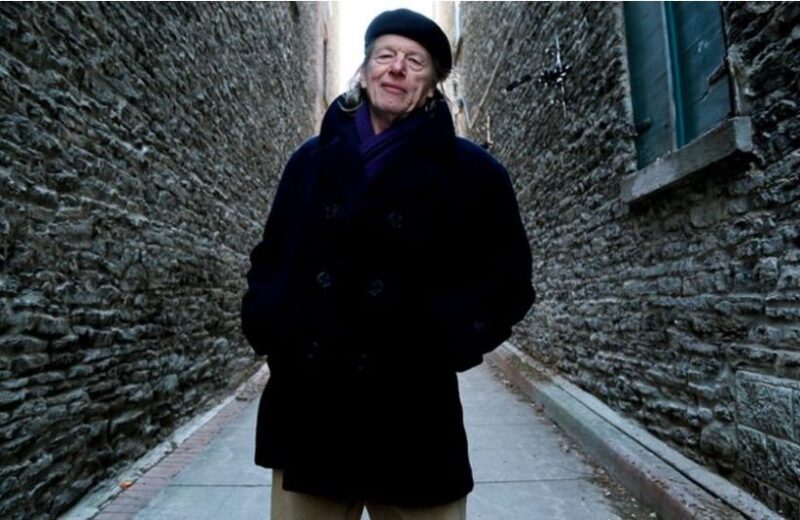
Rough Road is also a history of the North, but this is no boring high school textbook. Alexander Mackenzie, Peter Pond, Captain James Cook, and David Thompson all get their due as “discoverers” of the North. Not to be forgotten is Joseph Frobisher (descendent of Martin), the famed North West Company trader. CPR geologist George Dawson, the “diminutive hunchbacked explorer,” after which Dawson City and Dawson Creek are named, also gets acknowledged.
There’s also Charles Bedaux, an enterprising scoundrel who scouted the Alaskan Highway route and was hated by workers and loved by fellow capitalists for devising a plan to measure production efficiency (think Taylorism). There’s black prospector Dan Williams, a “crack shot” who was eventually hanged for killing an NWMP constable. And of course, there are the men and women, the army regulars, and the drifters (like Christy) who built the Alcan or serviced those who moiled on it.
In Rough Road we hear the Open Road of Walt Whitman as Christy describes hitching a ride in a transport truck along the Alcan, listening as “gravel raps a steady tattoo against the underside of the vehicle and dust fills the inside.” Move over Robert Service, you have company in the Canadian travel-writing canon.
*
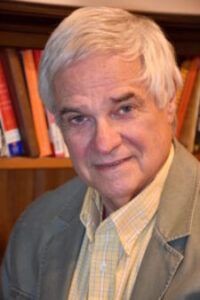
Ron Verzuh is a writer, historian and documentary filmmaker now living in Esquimalt. His work has appeared in The Ormsby Review since it was founded in 2016. Editor’s note: Ron Verzuh has recently reviewed books by John Jensen, Charlie Hodge & Dan McGauley, Ravi Malhotra & Benjamin Isitt, Allan Bartley, Eric Sager, Michael Dupuis & Michael Kluckner, Elizabeth May, Rosa Jordan, Vera Maloff, and Peter Nowak for The Ormsby Review.
*
The Ormsby Review. More Books. More Reviews. More Often.
Publisher and Editor: Richard Mackie
The Ormsby Review is a journal service for in-depth coverage of B.C. books and authors. The Advisory Board consists of Jean Barman, Wade Davis, Robin Fisher, Cole Harris, Hugh Johnston, Kathy Mezei, Patricia Roy, Maria Tippett, and Graeme Wynn. Scholarly Patron: SFU Graduate Liberal Studies. Honorary Patron: Yosef Wosk. Provincial Government Patron since September 2018: Creative BC
“Only connect.” – E.M. Forster
6 comments on “1241 Ramblers and tatterdemalions”